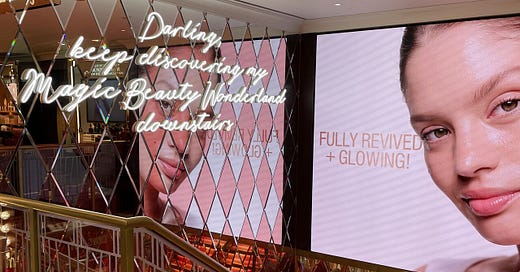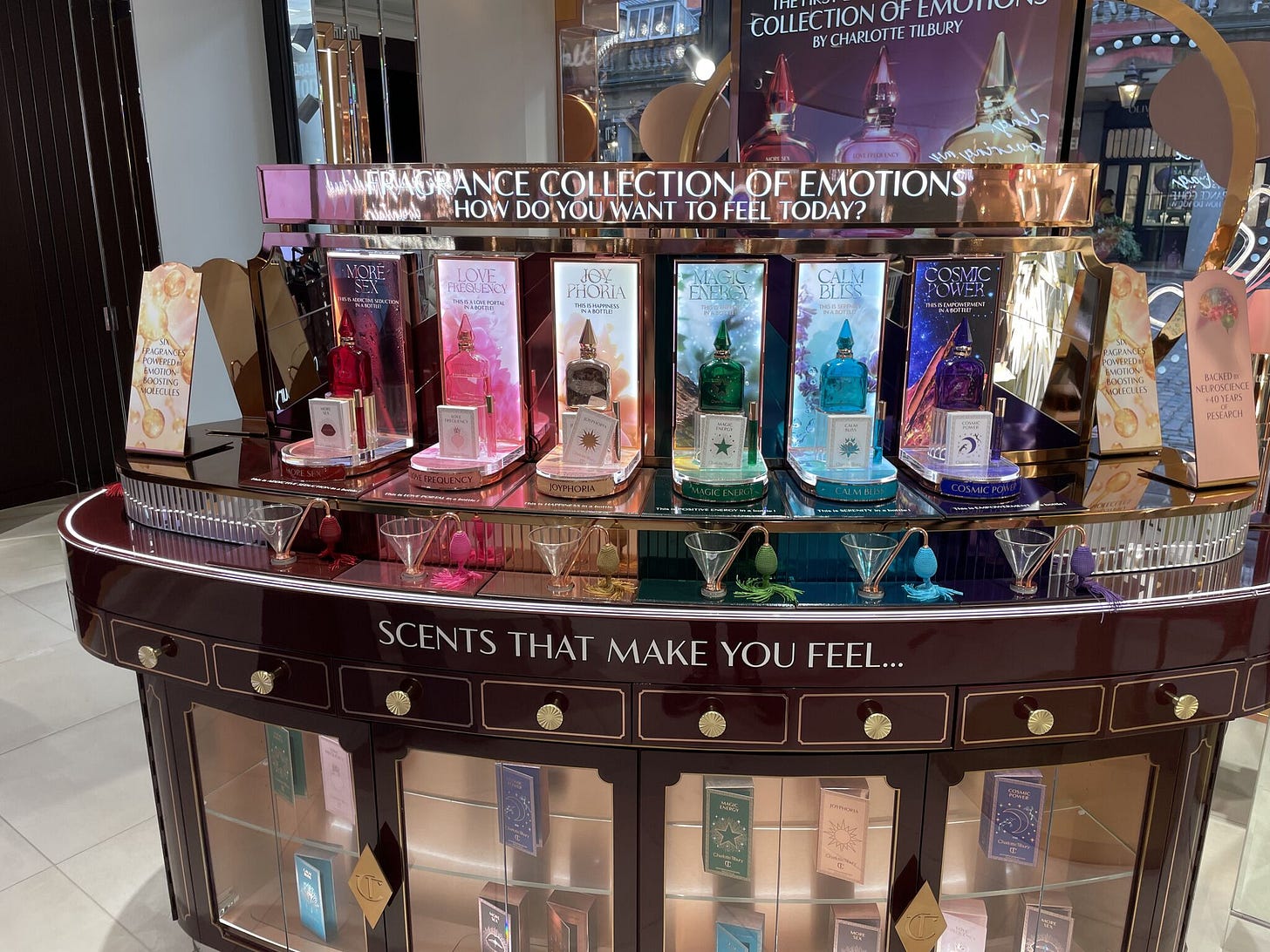One of the most interesting aspects of modern political change has been how media consumption has transformed.
Brexit, it’s often said, was won on Facebook. More recently, Donald Trump won by focusing on podcasts like Joe Rogan rather than long-form interviews on CNN.
And of course, it all makes sense. Legacy media is dying and fragmenting, and people are getting their news, insights and entertainment in a wide range of new places.
But while there might be a temptation to view retail separately to what’s happening in media, we shouldn’t.
Retail and media are increasingly intertwined.
But much more importantly, many consumers are likely viewing legacy retail like legacy media: outdated, out of touch, and outside of their interests.
This is a problem the retail industry, with its obsession with tech and data, isn’t getting to grips with enough.
John Lewis and Macy’s are no different to CNN and the BBC. They’re background noise. And while that continues, it doesn’t matter what they do or say - because no one is listening.
A lack of creativity may not be the issue
In this brave new world, newness is the currency.
Brands come and go at warp speed, as do influencers sharing news, insight and entertainment.
And it’s often suggested that new brands are simply more innovative or creative than older ones.
While that may often be true, I think this interpretation misses a crucial point.
Newness has an innate advantage - and I see it on my travels.
New, D2C brands open pop-ups and flagships in the cities I tend to run projects in - global cities like London, New York, Berlin and Paris.
And what often strikes me is actually how uninspiring these spaces are. They tend to be conceived rapidly and become physical expressions of whatever the brand is online. There’s often nothing that really surprises, no experience that elevates, and no discovery that lingers in the memory.
But none of that matters, because it’s new - and everyone comes.
Highsnobiety, Hypebeast and various influencers do their thing, and it becomes a fixture in that vague cloud of cool, new things everyone sees online.
Meanwhile, on my travels, I see the new things that legacy retailers are doing in their existing shops. More often than not, these things are amazing.
John Lewis continues to typically have some of the best merchandising and visual displays in the world. BHV’s Parisian Christmas windows are extraordinary. La Rinascente’s basements continue to evolve from one remarkable collaboration to the next.
And no one is talking about them.
To be perfectly blunt, in these cases and so many more, it has absolutely nothing to do with design or execution. The creative teams at many legacy retailers comprise some of the most talented people in our industry.
It’s entirely to do with attention. No one is watching what they’re doing.
And that’s a consequence of a world where newness is the currency.
How to compete with newness
There is no easy fix for this problem as a legacy brand.
But there are real-life examples that offer clues - and my favourite is Charlotte Tilbury.
CT was founded in 2013 - hardly a legacy brand. But because of its rapid success and huge presence around the world, it already feels like one.
However, one of the main ways it retains its sense of freshness and energy as a brand is a really democratised approach to social media - paired with an incredible track record of attracting and retaining passionate staff.
A quick look on TikTok and Instagram, and you’ll notice that CT’s store staff are all frequently posting their own content, from stores and concessions all over the world. This content performs incredibly well and never feels like a kind of corporate endorsement.
Of course, this is something other legacy retailers have found success with too - with great examples from M&S, Curry’s, IKEA and more. People like people more than they do businesses, after all. And especially real, relatable people.
This democratisation in the way marketing is managed won’t solve everything. But culturally and strategically, it’s a far better fit for a world increasingly obsessed by new, shiny things - and all the so-called authenticity that comes with it.





